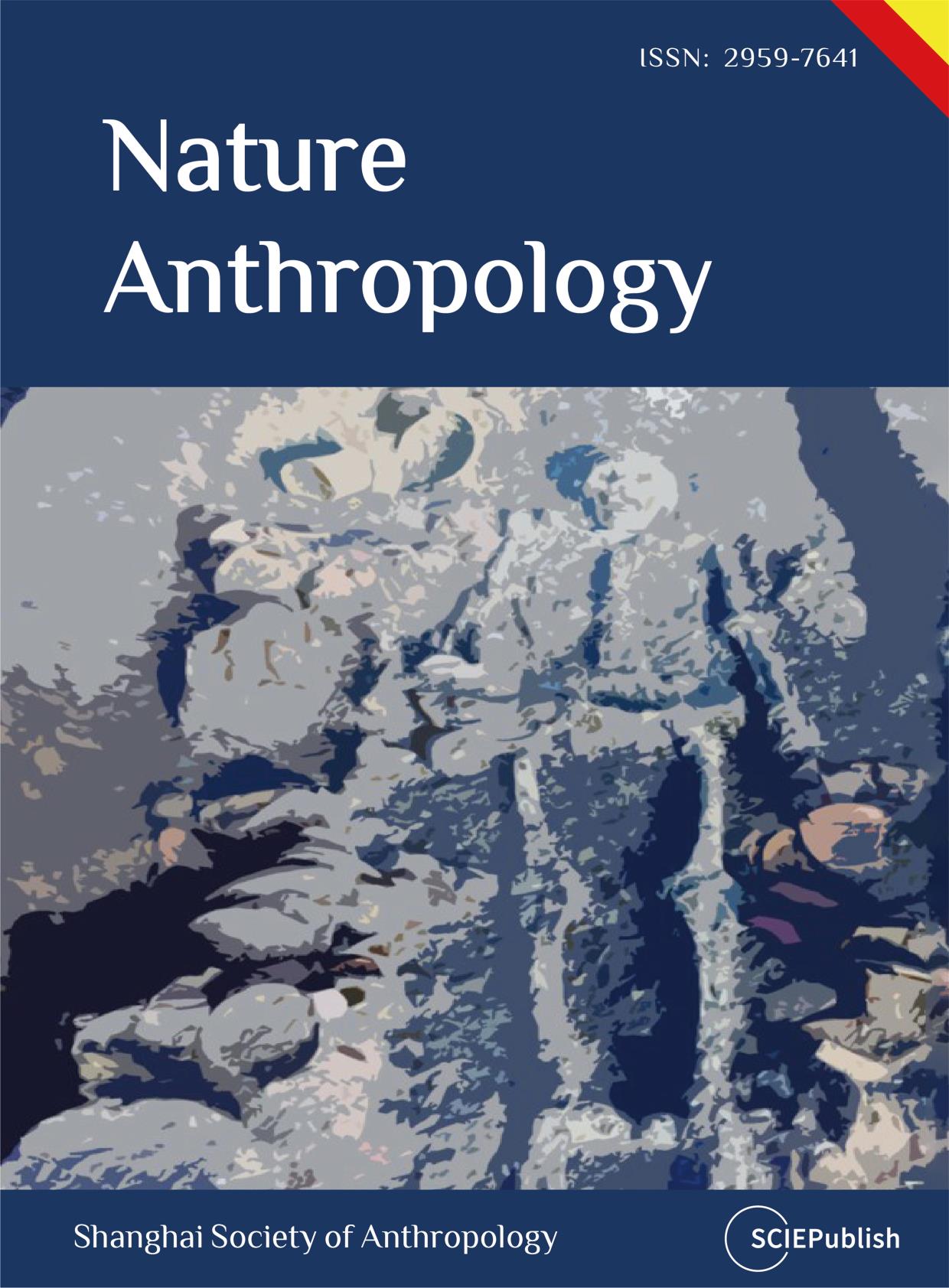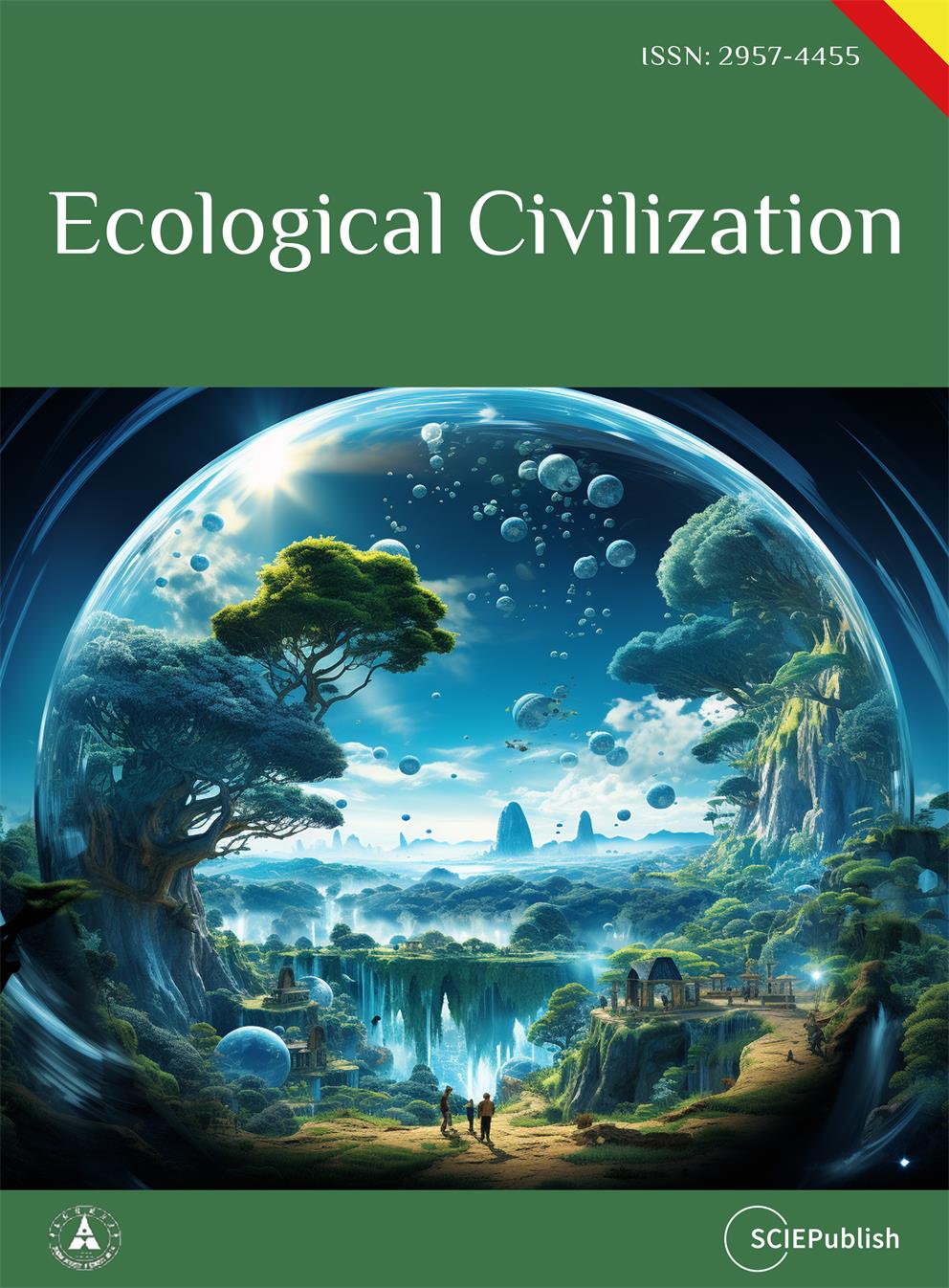Found 297 results
Article
19 March 2024Designing a Quadcopter for Fire and Temperature Detection with an Infrared Camera and PIR Sensor
In agriculture, medicine, and engineering, sudden fire outbreaks are prevalent. During such events, the ensuing fire spread is extensive and unpredictable, necessitating crucial data for effective response and control. To address this need, the current initiative focuses on utilizing an Unmanned Aerial Vehicle (UAV) with an Infrared (IR) sensor. This sensor detects and analyses temperature variations, accompanied by additional camera footage capturing thermal images to pinpoint the locations of the incidents precisely. The UAV’s programming is executed using Arduino-Nano and mission planner software, interfacing with the Pixhawk flight controller operating in a guided mode for autonomous navigation. The UAV configuration includes a radio module interfacing with Arduino-Nano, a flight controller, and remote-control functionality. The flight duration is approximately 10–15 min, contingent upon flight dynamics and environmental temperature. Throughout its airborne operation, the UAV transmits live telemetry and log feeds to the connected computer, displaying critical parameters such as altitude, temperature, battery status, vertical speed, and distance from the operator. The Pixhawk flight controller is specifically programmed to govern the UAV’s behavior, issuing warnings to the pilot in case of low voltage, prompting a timely landing to avert potential crashes. In case of in-flight instability or a crash, the mission planner can trace the UAV’s location, facilitating efficient recovery and minimizing costs and component availability losses. This integrated approach enhances situational awareness and mitigation strategies, offering a comprehensive solution for managing fire incidents in diverse fields.

Review
29 February 2024Conceptualizing an Informational Paradigm in the Pursuit of Sustainable Cities and Communities
This study seeks to conceptualize ‘Informational Sustainability’ by examining the dynamic relationship between Sustainable Development and the Information and Communication Technologies (ICT) Revolution through the exploration of two prominent urban theories—Lefebvre’s ‘Right to the City’ and Castells’ ‘Rise of the Network Society’—to underscore the importance of knowledge integration in the development of informed, sustainable communities. Conducting a cross-country comparison between developed and developing nations, the study underscores the critical role of informational transformation in enabling resource efficiency, knowledge sharing, innovation, and informed decision-making—key for achieving Sustainable Development Goals (SDGs), while also highlighting potential risks associated with resisting ICT adoption, including hindered growth, increased inequalities, and reduced social engagement and environmental stewardship. The core focus of this conceptual framework is to validate the precursor role of ICT in building sustainable cities and communities by identifying synergies in Sustainable Development, defining dimensions for effective ICT application within the dynamic interplay of global and local levels, and identifying implementation gaps and necessary presumptions for its effective use.

Article
27 February 2024Knowledge-data Collaborated Digital Twin Model of Papermaking Process
The structure of the drying section in papermaking process is complex and too compacted to install sensors. In order to monitor the parameters in dynamic and manage the process practically with virtual simulations instead of physical experiments, a digital twin-based process parameter visualization model is constructed in this study. Regarding to the possible missing data in the modeling framework, it is proposed to combine industrial data, and knowledge of mechanism with intelligent algorithms to fill in the missing parameters. Upon which, a digital twin-based data visualization model is established using CADSIM Plus simulation software. Both of the knowledge -based mechanism solution model and the random forest-based parametric prediction model perform well, and the predicted parameters can support the digital twin visualization model in CADSIM Plus. Visual modeling of surface condenser in the paper drying section was realized for example, and results show that the model is capable of monitoring the dynamic changes of parameters in real time, so as to support the optimization and decision making of papermaking process such as formation, drying, et al.

Case Report
26 February 2024‘Greening’ an Oil Exporting Country: A Hydrogen and Helium Closed-cycle Gas Turbines Case Study
Holistic decarbonisation requires collaborative efforts and substantial investments across diverse economic sectors. This study introduces an innovative national approach, blending technological insights and philosophical considerations to shape decarbonization policies and practices. Libya is the case study. The proposed framework involves submersible power stations with continuous-duty helium closed-cycle gas turbines to supply electricity demand and hydrogen. Extensive national data is analysed, incorporating factors such as sectoral consumption, sea temperature, and port locations. An analytical model is developed, providing a valuable foundation for realistic decarbonization scenarios. The model aims to maintain the benefits of current energy consumption, assuming a 2% growth rate, while assessing changes in a fully green economy. The results offer qualitative and quantitative insights on hydrogen use and an expected rise in electricity demand. Two scenarios are examined: self-sufficiency and replacing oil exports with hydrogen exports. This study provides a quantitative perspective on decarbonization, focusing on a submersible helium closed cycle gas turbine concept resistant to natural disasters and proliferation. Findings underscore the substantial changes and investments needed for this transition, identifying primary needs of 27 GW or 129 GW for self-sufficiency and exports, respectively. This foundational analysis marks the start of research, investment, and political agendas toward decarbonization.

Review
23 February 2024Research Status and Prospect of Ultrasonic Vibration and Minimum Quantity Lubrication Processing of Nickel-based Alloys
Nickel-based alloys has important application value in modern industrial field, but there are a lot of problems that are difficult to solve in traditional processing, and it is a typical difficult-to-process material. In order to improve the machinability of nickel-based alloys, scholars try to use a variety of non-traditional processing methods to explore and study the processing of nickel-based alloys. In these studies, ultrasonic vibration assisted processing technology and minimum quantity lubrication (MQL) processing technology can achieve remarkable results. The intermittent separation cutting characteristics of ultrasonic vibration assisted processing technology can improve the processing quality by changing the tool path, while minimum quantity lubrication processing technology can improve the lubrication effect of cutting, combining ultrasonic vibration assisted MQL processing leverages the benefits of both methods, resulting in improved machinability and expanded application of nickel-based alloys. Summarize the current research status on the machining mechanism of nickel-based alloys assisted by ultrasonic vibration and micro lubrication, and anticipate its developmental trends. This provides a reference for future research on the efficient machining mechanisms and practical applications of nickel-based alloys.

Article
23 February 2024Influence of Separation Gap on the Performance of Savonius Hydrokinetic Turbine
Despite that ocean current energy is one of the promising sources of electricity produced in the ocean, the development of ocean current energy is far behind compared to other ocean energy due to the low efficiency and high cost of installation and maintenance. Among many converting devices, the Savonius turbine has been proven to be effective and competitive in harnessing ocean current energy. The primary purpose of the present study is to search for the optimum shape of a Savonius rotor based on CFD simulation (Star-CCM+). A Savonius turbine composed of two rotating cup-shaped rotors is selected as a numerical model. We focus on the effect of two geometry parameters such as the overlap and gap ratio on the power coefficient. Throughout the parametric study, the shape of a Savonius rotor affects the power performance, and two geometry parameters with an overlap ratio of 0.15 and a gap ratio of −0.03 are found to be the optimum design. It demonstrates stable performance within the wide TSR (Tip Speed Ratio) range of 0.6 to 1.6, with the maximum power coefficient Cp of 0.34 achieved at a TSR of 0.8. According to the numerical results based on the new CFD model, the presence of a bottom wall does not significantly affect the performance of a Savonius turbine. It means that the present unbounded CFD model can be acceptable in the initial design stage for the determination of the geometry parameters of a Savonius turbine.

Commentary
21 February 2024
Review
21 February 2024One-pot Multi-enzyme Cascade Synthesis of Bifunctional Compounds from Vegetable Oils
Green and efficient biocatalytic technology has become a complementary or alternative means of organic synthesis. Chemicals with two functional groups, such as α,ω-dicarboxylic acids, ω-amino fatty acids and ω-hydroxy fatty acids, are widely used in the synthesis of polymers such as polyesters and polyamides. In recent years, the production of biodegradable materials using renewable and abundant vegetable oils as green raw materials has attracted increasing attention, receiving an additional impetus from synthetic biology. This paper presents the recent research progress in the production of bifunctional chemicals with medium chain lengths of C8–C12 using multi-enzyme cascades. Recent studies have developed multilevel optimization strategies to improve the efficiency, economics, and sustainability of multi-enzyme cascades. Cofactor regeneration strategies were developed to avoid large additions of expensive coenzymes. Protein engineering strategies were applied to improve enzyme stability and catalytic performance. In addition, blocking the β-oxidation pathway, improving the efficiency of substrate transport across membranes and increasing cellular robustness are effective optimization strategies for whole-cell catalytic systems. In addition, we discuss the development prospects of producing high value-added fine chemicals from vegetable oils using one-pot multi-enzyme reaction systems.

Article
20 February 2024Wind Influence on the Electrical Energy Production of Solar Plants
Solar energy, as a clean source of energy, plays a relevant role in this much desired (r)evolution. When talking about photovoltaics, despite the multiple studies on parameters that affect the panels operation, concrete knowledge on this matter is still in an incipient stage and precise data remains dispersed, given the mutability of outer factors beyond technology-related properties, hence the difficulties associated with exploration. Wind is one of them. Wind loads can affect the temperature of photovoltaics, whose efficiency is reduced when higher temperatures are reached. The viability of wind as natural cooling mechanism for solar plants and its influence on their electrical energy production is studied in this research work. Some appropriate results were achieved: depending on the module temperature prediction model used and on the photovoltaic technology in question, solar panels are foreseen to be up to approximately 3% more productive for average wind speeds and up to almost 7% more productive for higher speeds. Taking into consideration that wind speed values were collected in the close vicinity of the modules, these results can be proven to be even higher. That being said, this article contributes with accurate insights about wind influence on electrical energy production of solar plants.

Article
18 February 2024The Sustainable Development Concept in the Polish Legal Space from a Legal-Dogmatic Perspective
The sustainable development concept is of crucial importance for the socioeconomic development processes, not only at the international community level, but also—or, perhaps, particularly—at the national or even local levels. The aim of the article is to demonstrate, from a legal-dogmatic perspective, the place, role and significance of the sustainable development concept in the Polish legal space. This perspective applies to both the state policy intended to formulate a strategy which provides a basis for law-making processes and to find normative solutions making it possible to reconcile legally protected values which sometimes compete with one another, with account taken of the needs of future generations. The sustainable development concept has been very broadly followed in Poland not only in the legal doctrine, but also in the doctrine of economic and social sciences. This term has turned out to be such an effective political catchword that it has been commonly abused and, therefore, it has lost a good deal of its social importance; this makes it substantially more difficult to apply a normative approach to the issues related to the implementation of the concept in legislative practice. In the Polish legal space, the sustainable development concept has become the leading theme of many documents and legal acts, particularly those concerned with environmental protection, but also, although to a much more modest extent, those addressing the issues of socioeconomic development.
